Table of Contents
What Is Allspice Ground?
Allspice ground is a single spice made from dried berries of the Pimenta dioica plant, native to the Caribbean and Central America. Despite its name suggesting a blend, it is not a mixture of spices but a single ingredient with a flavor profile combining cinnamon, nutmeg, and cloves. This unique combination makes it a versatile ingredient for both sweet and savory dishes.
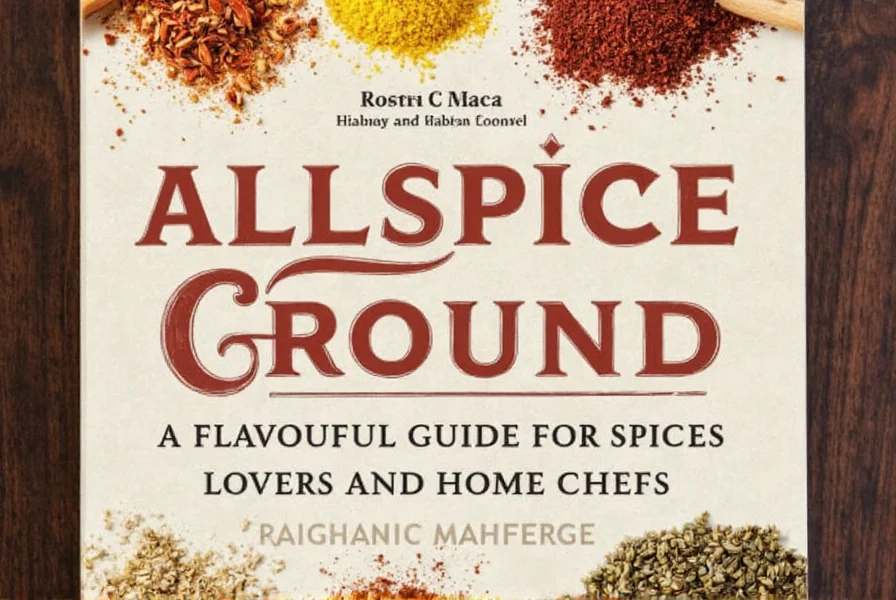
Indigenous Caribbean people first used allspice centuries ago, and it became a prized commodity during colonial trade. Today, it's essential in Jamaican jerk seasoning, European baking, and Middle Eastern cuisine. Its ability to enhance flavors without overpowering makes it a kitchen staple.
How to Use Allspice Ground in Cooking
Use these proven techniques to maximize allspice's flavor in everyday cooking:
- Start small: Use 1/4 teaspoon per serving and adjust to taste. Its potency means a little goes far.
- Baking boost: Add 1/2 tsp to apple pie filling, pumpkin bread, or gingerbread for warm complexity.
- Meat magic: Mix with brown sugar, smoked paprika, and garlic for jerk chicken or pork rubs.
- Savory applications: Add 1/2 tsp to chili, beef stew, or tomato-based sauces for depth.
- Drinks: Stir 1/8 tsp into hot chocolate, mulled wine, or coffee for cozy warmth.
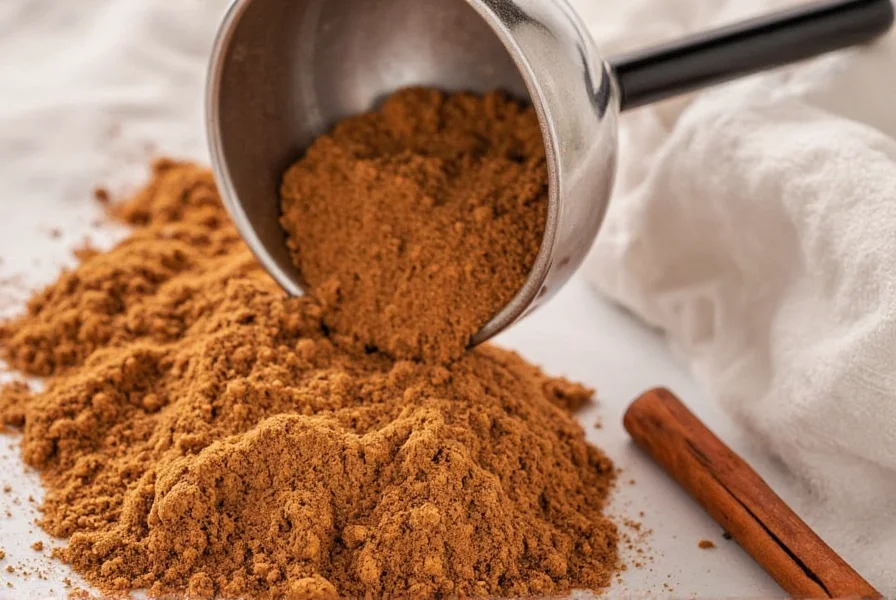
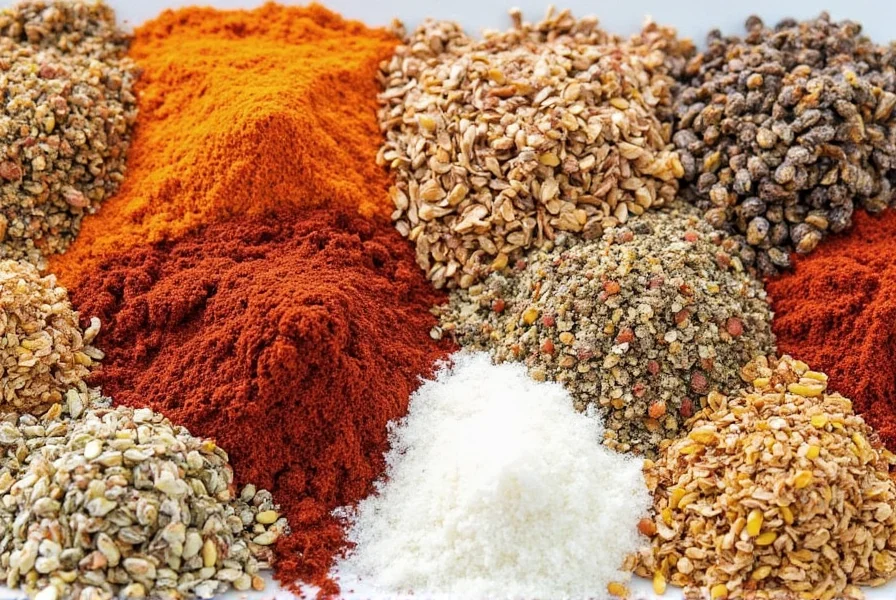
| Spice | Flavor Notes | Best Uses |
|---|---|---|
| Allspice Ground | Warm, sweet, slightly spicy | Baking, stews, marinades |
| Cinnamon | Sweet, woody, slightly spicy | Baked goods, drinks, desserts |
| Nutmeg | Warm, sweet, slightly bitter | Baking, soups, sauces |
| Clove | Strong, pungent, slightly sweet | Spiced drinks, baked goods, meat rubs |
| Ginger | Pungent, spicy, slightly sweet | Curries, teas, baked goods |
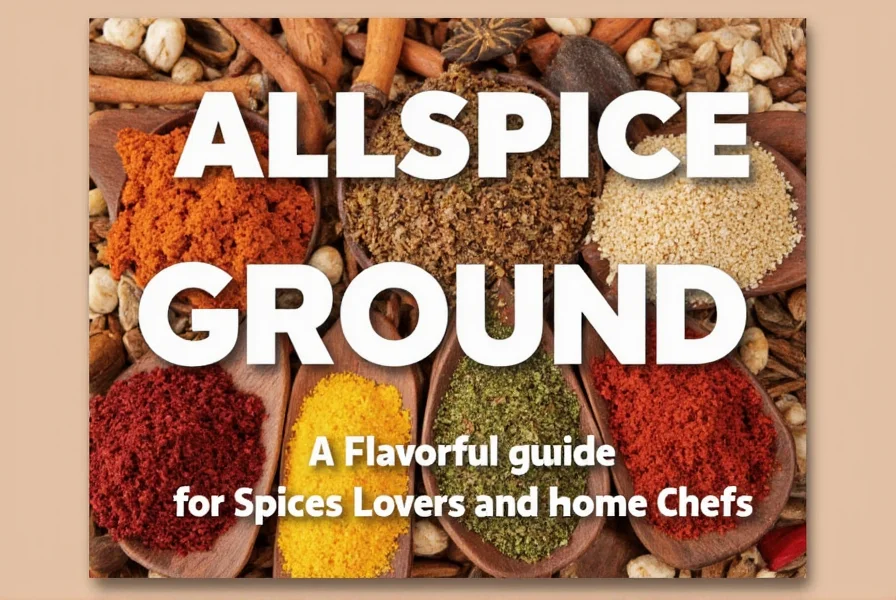
Flavor Profile and Science Behind Allspice
Allspice's unique flavor comes from its chemical composition. The primary compound is eugenol (also found in cloves), which provides warmth and depth. Secondary compounds like myrcene (from bay leaves) and limonene (citrus notes) create its complex profile. Unlike blended spices, allspice's flavor is naturally occurring in a single berry.
Scientific studies show allspice has antioxidant properties and may aid digestion. The USDA FoodData Central database lists its nutritional profile, though it's typically used in small quantities for flavor rather than nutrition.
How to Buy the Best Allspice Ground
Follow these expert guidelines when purchasing:
- Freshness: Check harvest dates. Fresh allspice has a strong, sweet aroma. Avoid dusty or weak-smelling containers.
- Source: Jamaican allspice is considered premium due to ideal growing conditions. Mexican and Guatemalan varieties are also high-quality.
- Storage: Buy in airtight glass jars. Avoid plastic containers that can absorb odors.
- Form: Ground allspice loses potency faster than whole berries. For best results, buy whole berries and grind as needed.
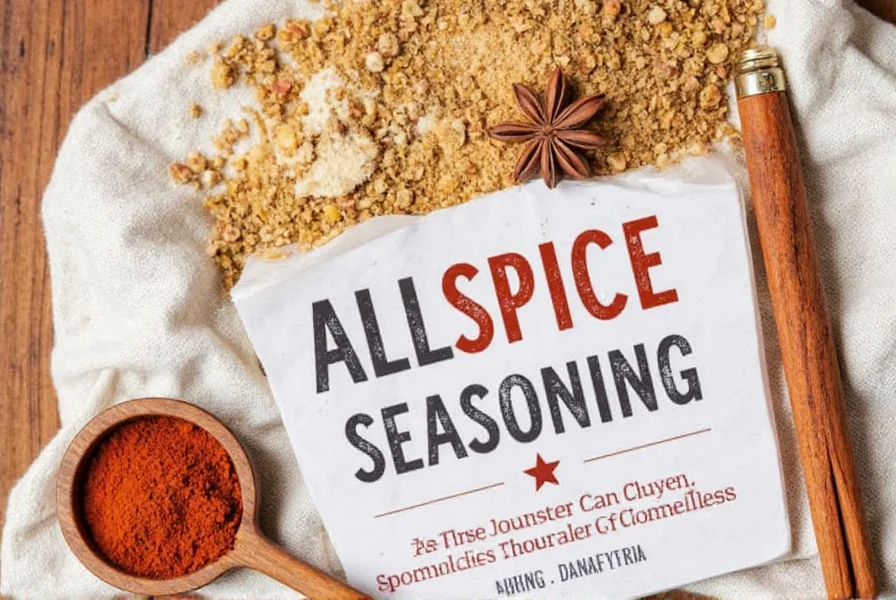
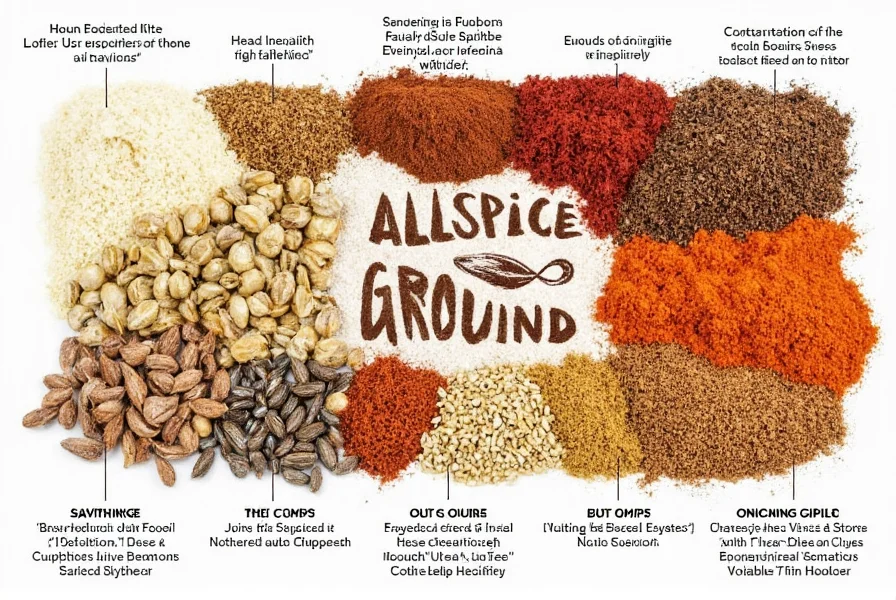
Frequently Asked Questions
What is allspice ground actually made of?
Allspice ground is made from the dried berries of the Pimenta dioica plant, native to the Caribbean. Despite its name, it's a single spice with a natural flavor profile resembling cinnamon, nutmeg, and cloves.
How is allspice ground different from mixed spice or pumpkin pie spice?
Allspice is a single spice, while mixed spice and pumpkin pie spice are blends. Mixed spice typically contains cinnamon, coriander, nutmeg, and allspice. Pumpkin pie spice includes cinnamon, ginger, nutmeg, and cloves. Allspice provides a more concentrated, single-source flavor.
How should I store allspice ground to keep it fresh?
Store in an airtight glass jar away from light and heat. Ground allspice retains peak flavor for 6 months. For longer shelf life, buy whole berries and grind fresh when needed.
Can I substitute allspice ground if I don't have it?
Yes. For 1 tsp allspice, use 1/2 tsp cinnamon + 1/4 tsp nutmeg + 1/4 tsp cloves. Note: This blend lacks allspice's unique complexity but works in a pinch.
Is allspice ground spicy like chili peppers?
No. "Spice" here refers to flavor complexity, not heat. Allspice contains no capsaicin and provides warmth without burning sensation.
What are the health benefits of allspice ground?
Allspice contains eugenol (anti-inflammatory), antioxidants, and antimicrobial properties. It's used in traditional medicine for digestion, but consult a doctor before using for health purposes. Always consume as part of a balanced diet.

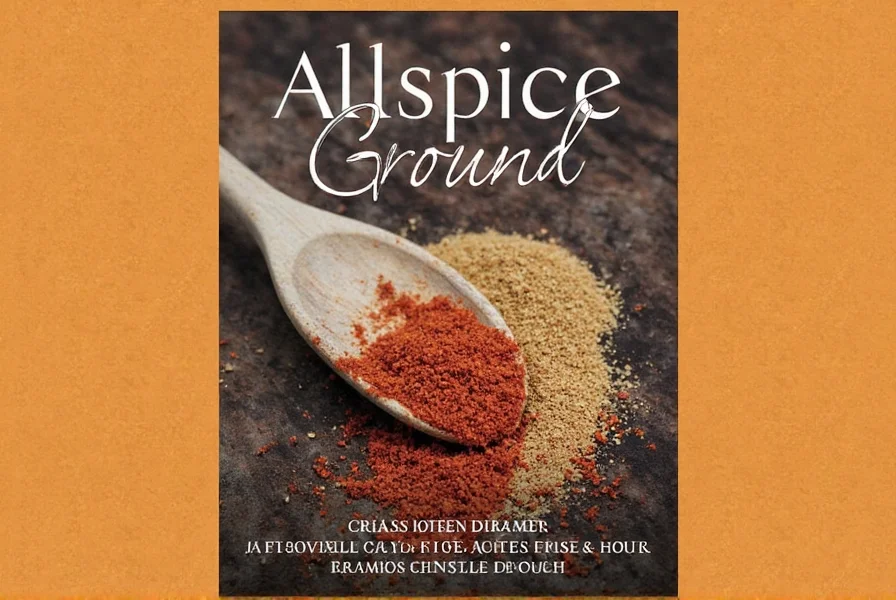









 浙公网安备
33010002000092号
浙公网安备
33010002000092号 浙B2-20120091-4
浙B2-20120091-4